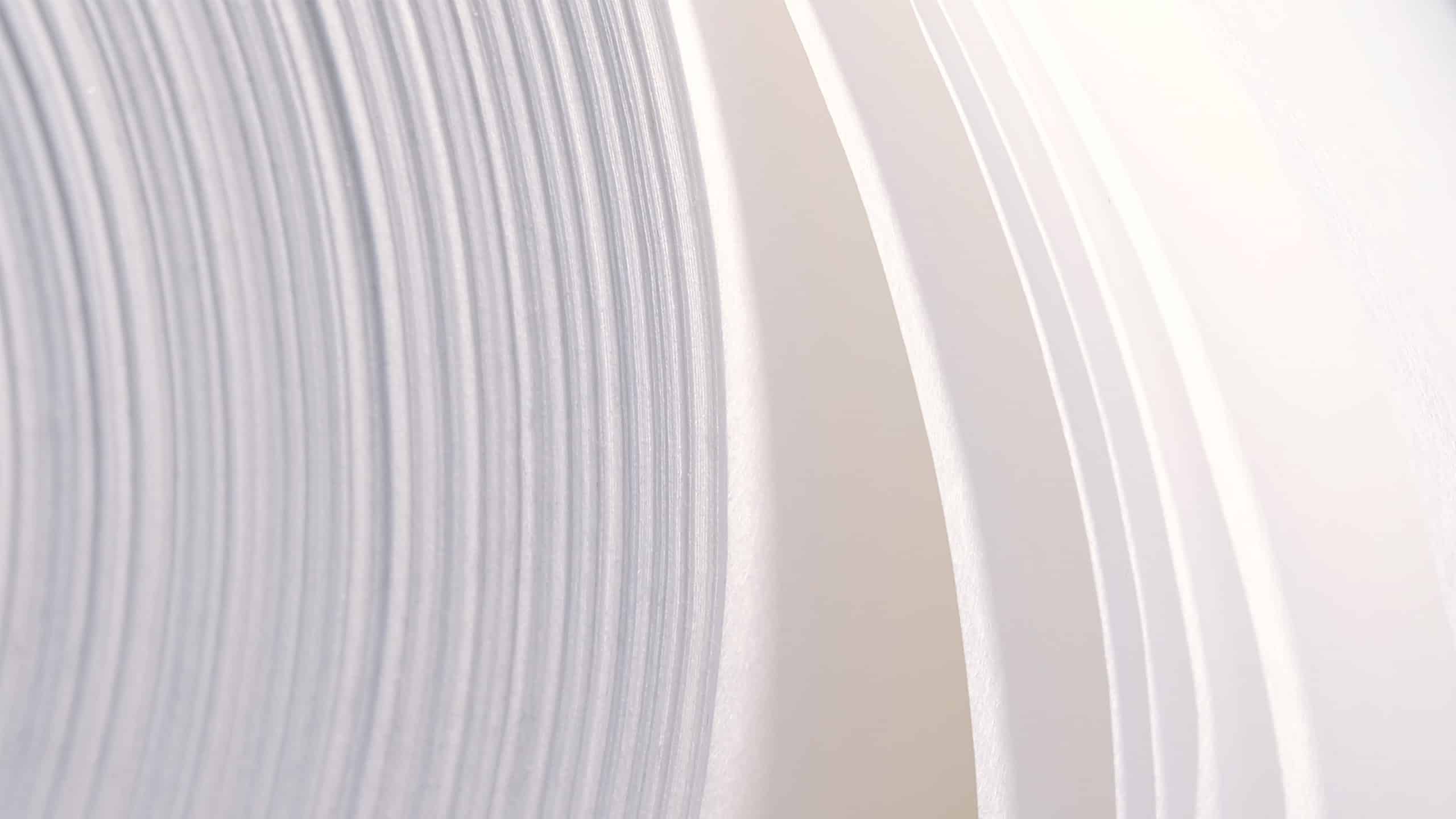The future of packaging: From plastic to fiber

What is fibre-based packaging?
Fibre-based packaging, as highlighted by the Confederation of European Paper Industries (CEPI), serves as a sustainable alternative to conventional plastic packaging, aiming to lessen environmental impacts. Primarily composed of wood fibres from responsibly managed forests, these materials are designed to provide functionalities akin to plastic but with the added benefits of being biodegradable and recyclable, making them a more environmentally friendly choice (source: CEPI). The inherent properties of fibre-based packaging include its durability, flexibility, and effective product protection. Unlike plastics, which can linger in the environment for centuries, fibre-based materials decompose more swiftly and naturally, significantly cutting down environmental waste accumulation. Furthermore, the production process of fibre-based packaging generally consumes less energy and results in lower greenhouse gas emissions, reinforcing its environmental benefits (source: CEPI).
How does fibre-based packaging work?
The production of fibre-based packaging starts with sourcing raw materials from responsibly managed forests, a practice emphasized by CEPI. These forests are upheld through sustainable forestry practices, ensuring that wood harvesting doesn’t undermine the ecosystem’s health. Sustainable forest management involves meticulous planning and monitoring of tree cutting, replanting, and maintaining biodiversity, ensuring that forests remain viable resources for future generations (source: CEPI). Once raw fibres are acquired, they undergo a series of processes to transform them into usable packaging materials. This includes pulping, where fibres are separated and cleaned, and then formed into sheets. Further processing can enhance these sheets, such as by adding water-resistant coatings or increasing strength for durability. The conversion process underscores sustainability and eco-friendliness by utilizing renewable resources and minimizing waste (source: CEPI).
The practical advantages of Paptic’s fibre-based solutions
Paptic’s fibre-based solutions distinguish themselves in the market through a unique blend of benefits. Materials like Paptic Perdix offer durability, flexibility, and a tactile experience that enhances product appeal. Paptic’s materials’ versatility makes them applicable across various industries, from e-commerce to food packaging, providing a dependable and eco-friendly alternative to plastics (source: CEPI). One of the key advantages of Paptic’s materials is their compatibility with existing converting technologies, facilitating an easy transition for businesses adopting sustainable packaging. They provide high-quality printing capabilities, are suitable for various coatings, and can be used in heat-sealable applications, making them ideal for diverse uses. Additionally, the soft and silent nature of Paptic materials enhances user experience, setting them apart from other fibre-based options (source: CEPI).
Challenges in transitioning to fibre-based packaging
Transitioning from plastic to fibre-based packaging presents challenges for companies, chiefly regarding cost and supply chain adjustments. The initial investment in new materials and potential production process changes can be daunting for some businesses. Ensuring a consistent supply of responsibly sourced raw materials requires strategic planning and collaboration with suppliers (source: CEPI). To effectively manage these challenges, companies can begin with a cost-benefit analysis to comprehend the long-term advantages of sustainable packaging. Partnering with suppliers who emphasize responsible forestry and sustainable practices can also help secure a reliable supply chain. Additionally, leveraging existing production technologies compatible with fibre-based materials can minimize disruptions and facilitate a smoother transition (source: CEPI).
Comparing fibre-based packaging to traditional plastic solutions
The distinction between fibre-based and plastic packaging is most apparent in their environmental impact, cost, and performance. Fibre-based packaging is celebrated for its reduced environmental footprint, sourced from renewable materials, and both biodegradable and recyclable. Conversely, plastic packaging, derived from petroleum, significantly contributes to pollution and can persist in the environment for centuries (source: CEPI). Although the initial cost of fibre-based packaging may exceed that of traditional plastics, the long-term benefits, such as decreased waste management costs and enhanced brand image, can offset these expenses. Performance-wise, fibre-based materials like Paptic offer comparable, if not superior, protective qualities, ensuring product safety during storage and transit. By understanding these differences, businesses can make informed decisions about packaging solutions that align with their sustainability objectives (source: CEPI).
